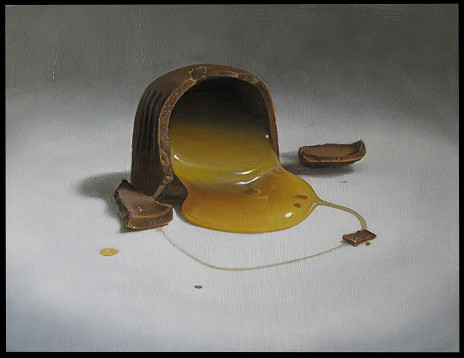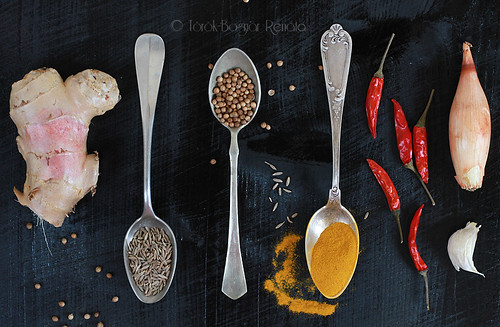As I was riding the train through Central Valley (California) back in June, all kinds of things were happening -
A girl of 10 or so was going for their first train ride ever; people were getting on and off, and Santal de Mysore was slowly unfolding on my wrists (mostly just dissipating), with no sandalwood in sight. I had some dabbed on my scarf as well, and it was lingering on it nicely. I've put it on early in my trip, as soon as I felt awake enough to surround myself with rich spices that won't disappoint a visit to the nearby Indian restaurant (which I doubt there is any in Central Valley, but a person can dream!).
It's exactly those spices which grabbed me at first and nearly convinced me to buy a bottle right there and than at Scent Bar. Even at the heat and humidity of LA it has its charm and it was all over me on the evening when I tried it first. And with a name so appealing, suggesting an extinct tree whose scent only haunts my dreams, it was very easy to go the impulse way.
True Mysore sandalwood is a thing of the past; over-harvesting, and practices that don't really change reduce Indian sandalwood oil to a ghastly mirror of what it once used to be: to achieve the creamy, milky, slightly floral and sweetly musky aroma of sandalwood, one must wait, patiently, for 50 years before uprooting the tree and distilling its entire heartwood, including that which comes from the roots. Nowadays, the only "ethical" sandalwood oils that comes from India are from plantations that are supposedly replenished, yet from much younger trees (20-30 years old), before they obtained their aged character. Rather, you get rancid, sour wood. Which on my skin, personally, only gets sourer as it unfolds.
But I digress from the main theme of this post, which is how does this perfume smell? It just so happens to have Mysore sandalwood in the name (and the premise, or promise, or price point). In reality, Santal de Mysore is a savoury perfume interpretation of garam masala, and with a French take. And by that I mean - it has cumin in it. When I was in an Indian restaurant in Grasse (Sothern France), the food was completely free of spices, except it had tomato sauce and cumin, which was supposed to be the adventurous, exotic part of the dish. It stays rather linear - with the spices and woodsy, resinous notes of immortelle, turmeric and cumin slowly fading away, with the only spice missing being shallots and perhaps some asafoetaida. There are only hints and suggestions of other ambery and woodsy components such as vanilla-like benzoin, dry wood and cistus. And all along, alpha ionone is casting its dark, shadowy candied woodchips and crystallized violet notes, which became the trademark of the Serge Lutens brand ever since Feminite du Bois.
Santal de Mysore has more to it than just cumin, thankfully; but cumin and immortelle are certainly more dominant than sandalwood - that is for certain. Its charm lies in creating an "Arabie Lite" (and if you've read this blog from its very beginning, you'll know that I love Arabie) - not nearly as dense and dark as Arabie, as if the spices have left the mysterious souk and are already laid out on a plate with a steaming bowl of rice and naan on the side.
This is a classic example of "get a sample first". Because of the train ride association, and because it is an exotic yet soothing, warm scent - I enjoy wearing it very much. But for a far more intriguing spice mix, reminiscent of cold tamarind and dusty cobble stone streets, I will reach for Arabie; and for my sandalwood fix, I will have to look elsewhere. Perhaps in Vanuatu.





